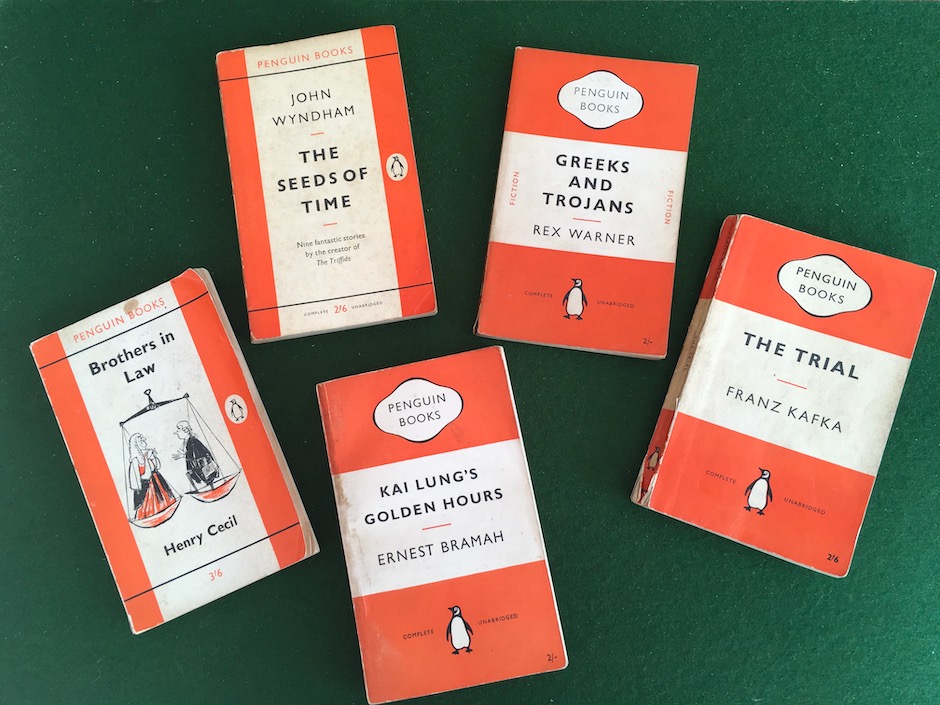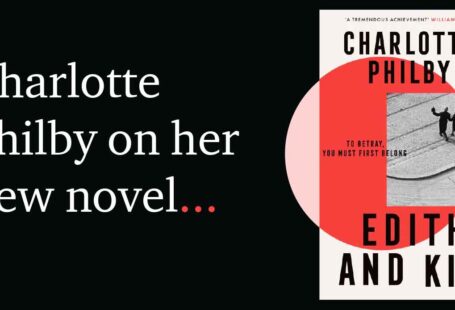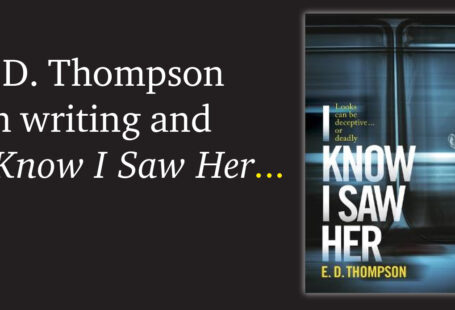
Paperbacks have been around Europe since the 17th century but initially they were expensive and available only to the few. They became more widely accessible with the invention of the steam-powered rotary press and the development of the railway networks that enabled wider distribution. The 1860s saw the birth of the US ‘dime novel’ and the first ‘penny dreadfuls’ appeared soon after in the UK. These early paperbacks were tales of romance, of derring-do on the wild frontier. The first detective stories followed and quickly established an enduring popularity.
But it was only when Allen Lane, a London publisher, found himself looking in vain for something decent to read at a train station that the concept of affordable quality writing was born. 1935 heralded the arrival of the iconic Penguin paperback, a brand that is still recognisable and loved today.
Never trust anyone who has not brought a book with them.
—Lemony Snickett
The beauty of the paperback book lies in its affordability, but also in the way it fits snugly into a coat pocket in case you find yourself on a bus or a train, or even stuck in a lift. My future husband tucked a book in his elegant jacket just in case I didn’t arrive to walk with him down the aisle. He needn’t have worried — not only did I turn up but I was so early that my dad and I had to go round the block twice before making that grand entrance!
When you pick up a paperback, you’ll always find time to read. Rather than turning on the TV, or skimming a magazine, get stuck right in and before you know it you’ll be looking for another one to fill that book-shaped hole.






Recent Comments